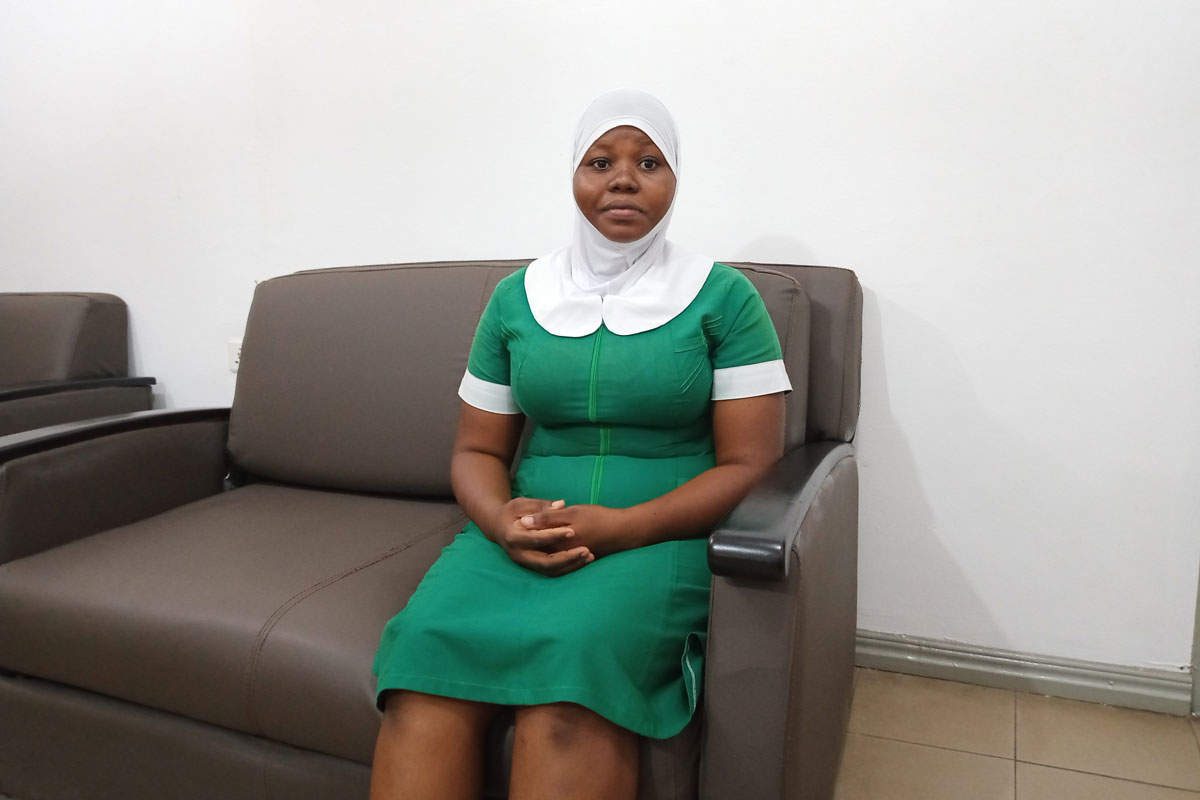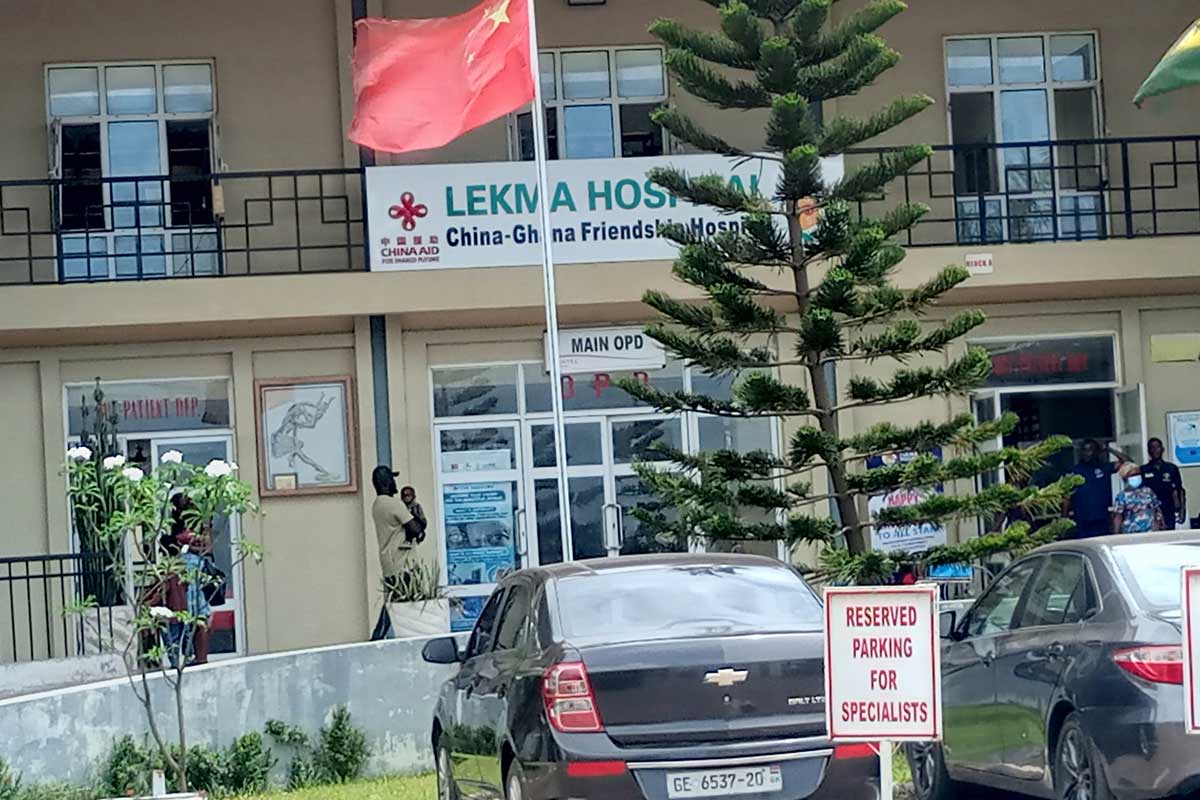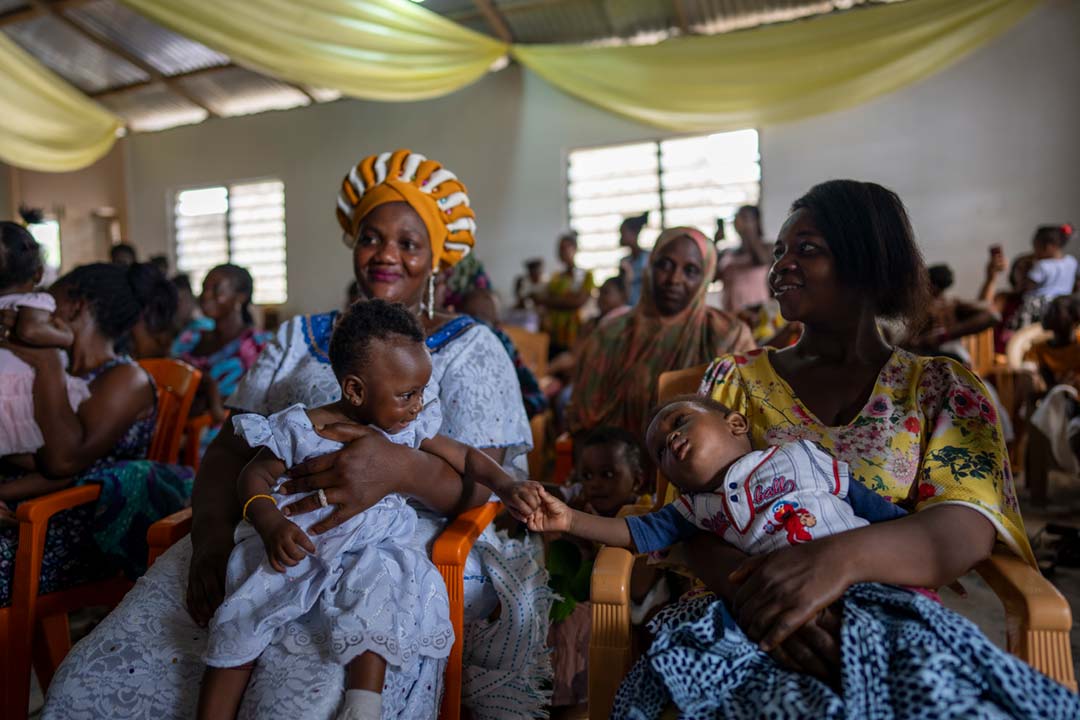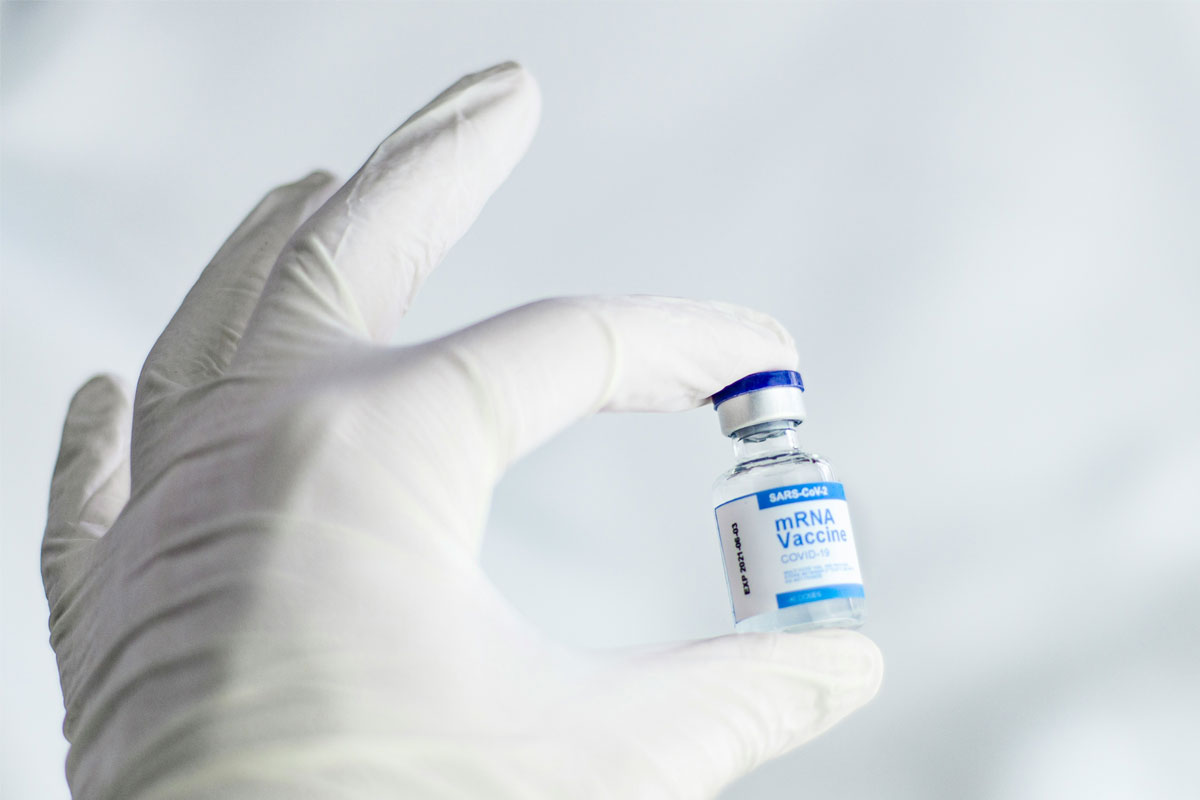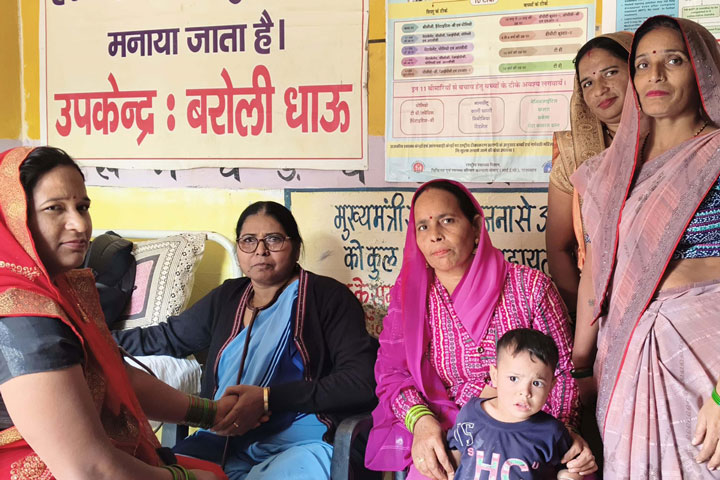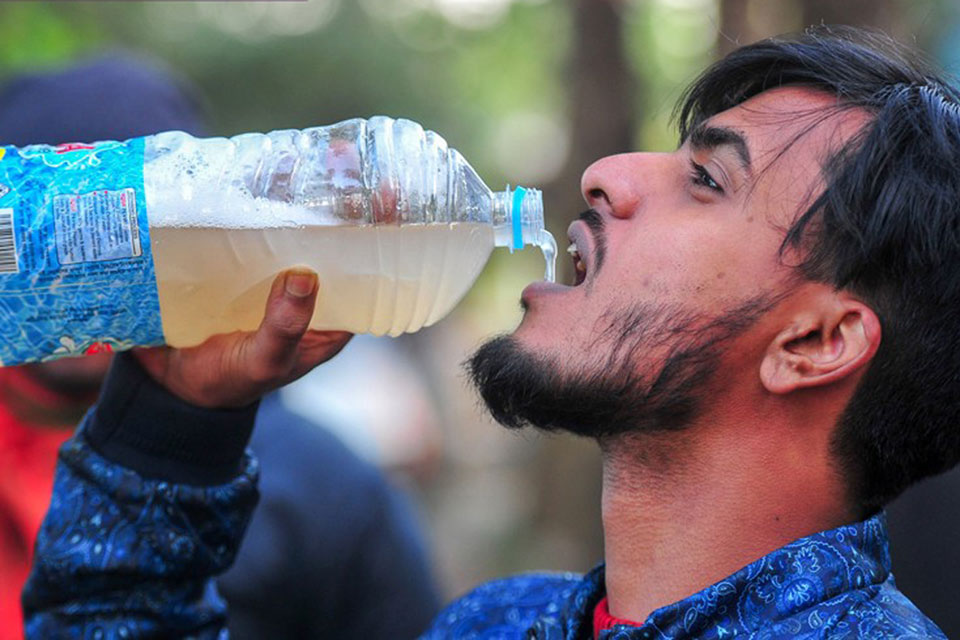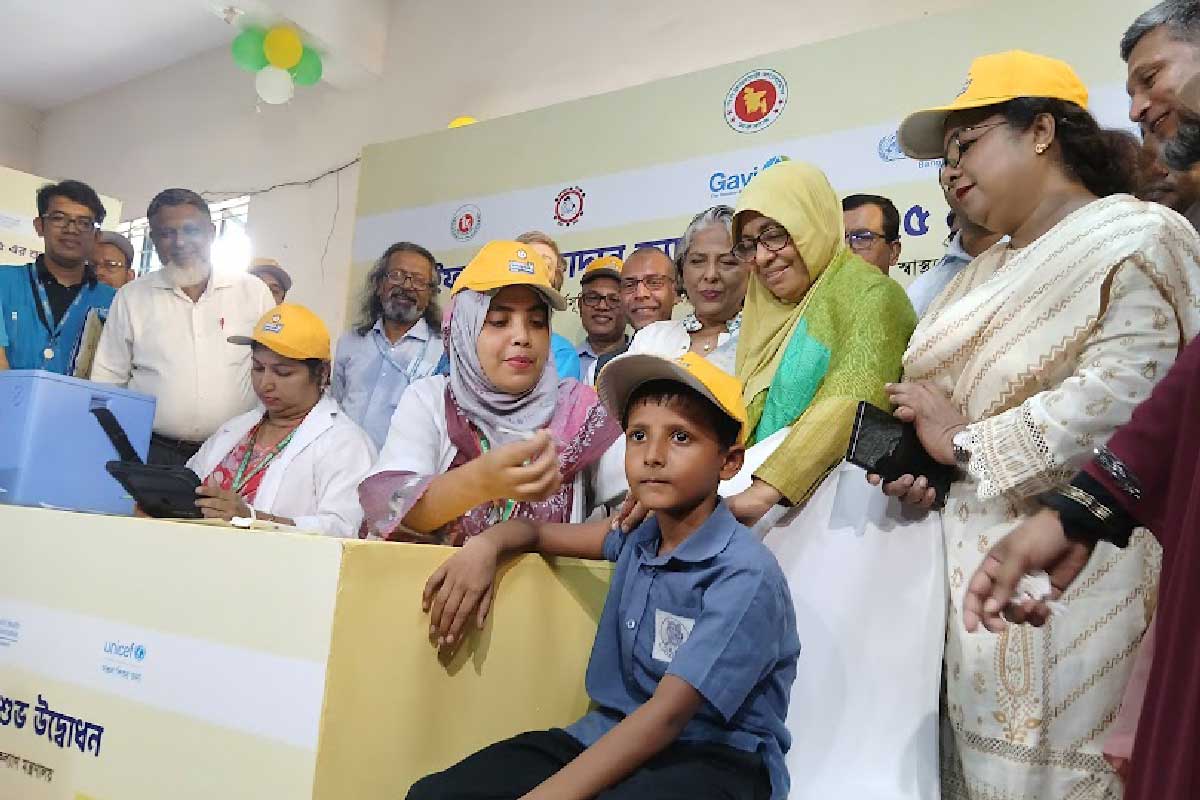Cholera-hit Ghana guns for improved surveillance, infrastructure
Vaccines helped curb a rolling outbreak – but authorities say sustained safety will rely on better access to clean water and sanitation.
- 5 June 2025
- 6 min read
- by Francis Kokutse
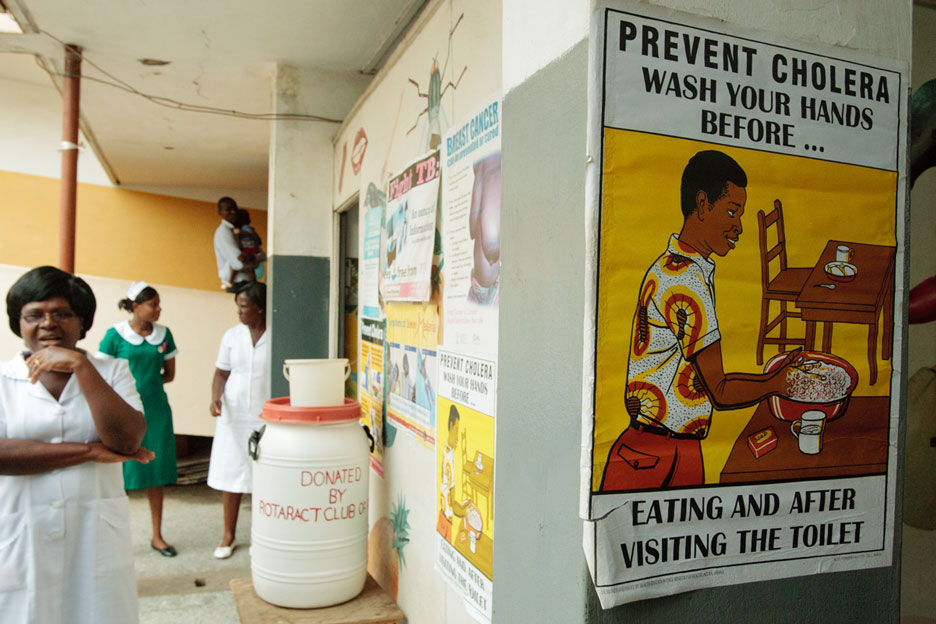
On 20 January this year, a day she remembers well, Naa Nyerley Otoo rushed her two children to Korle Bu Polyclinic in Accra, thinking she was about to lose them.
“We were all going to toilet, and initially, I thought we had eaten something bad. It was when we got to the clinic that they said we had cholera”.
Similar cases were cropping up up across the country. The Ghana Health Service (GHS) had declared a cholera outbreak in October 2024, after nine cases were confirmed in the Ada West and East districts. By the new year, facilities in other parts of the country found themselves fielding an influx of patients suffering with the acute, deadly diarrhoeal disease.
On 21 January 2025, a joint multi-sectoral Public Health Emergency Rapid Response Team (PHERRT) was activated: 113 new cases had been reported at various hospitals. A World Health Organization (WHO) report released on 26 January showed that in the three weeks that constituted the year so far, 948 new cases had joined the roster, and the rate of transmission was still rising.
For two nurses at the Korle Bu Polyclinic in Accra, it was a call to arms. Susuanna Odoi, public health nurse, told VaccinesWork, “We saw a lot of people who we had to manage sleeping on benches at the outpatient department. We started treatment with rehydration, before sending them to the infectious disease centres. Ideally, we should have had a place to keep the patients, but there were no holding centres available.”
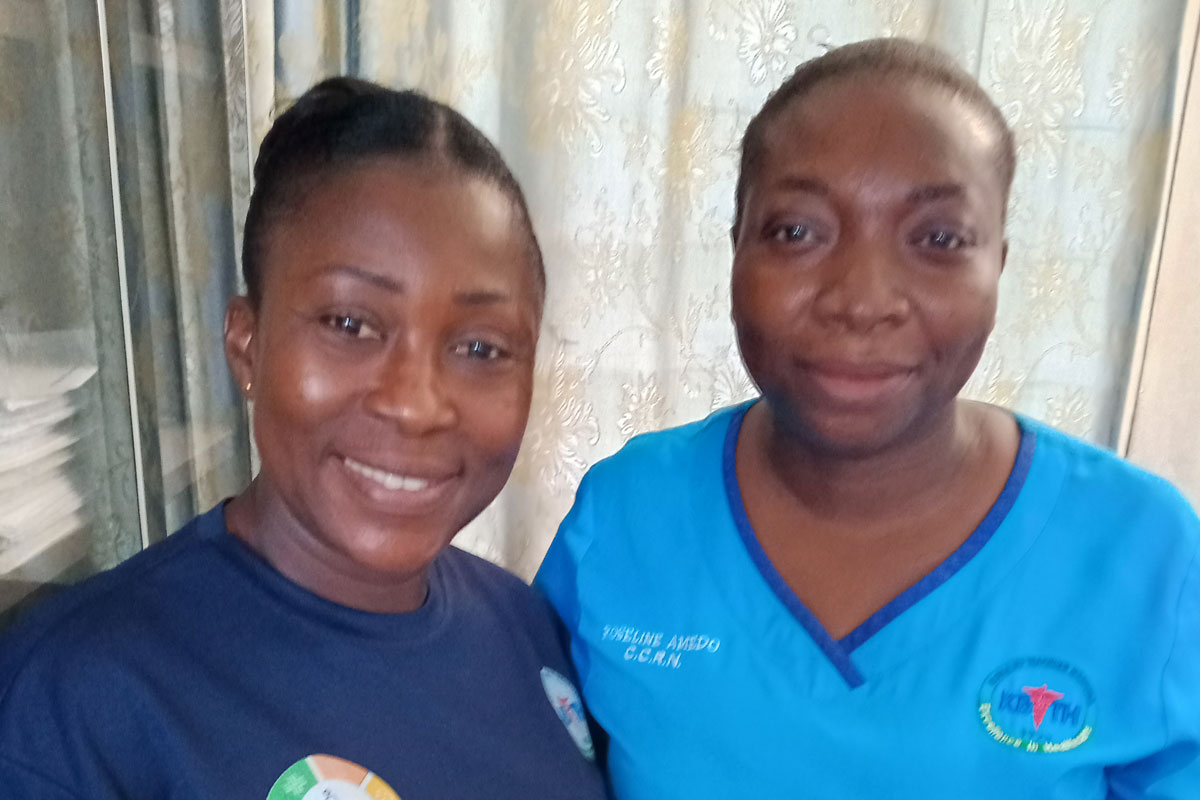
Outbreak response is often a race to stretch limited resources as far as possible, as fast as possible: “This did not deter us,” Odoi said. “We did not feel overworked, as the patients come first, and that was our concern.”
A critical care nurse at the same facility, Roselind Amedo, conceded it was not easy keeping the critically ill patients hydrated with replacement fluids, but explained she never felt close to giving up: treating people was tantamount to halting the spreading risk, she said.
Immunity tourniquet
The government defended against the outbreak by pressing a fleet of life-saving vials of oral cholera vaccine (OCV) into action.
The emergency immunisation campaign, which Dr Kwame Amponsa-Achiano, programme manager of the Expanded Programme on Immunization (EPI), described as “fantastic”, was launched on 30 November at the Ewutu-Senya East municipality in the central region. The first consignment of about 155,000 doses, sent from the Gavi-supported global oral cholera vaccine stockpile, helped hobble the bacterium’s infamously explosive rate of spread at the epicentre.
Dr Amponsa-Achiano said, “The vaccines came at a time when the people did not have water and sanitation was poor. Of course, the district assemblies and the health service did their best without the cholera vaccine, but the outbreak was still not controlled.”
The vaccines would buy time. The 155,000 people reached were protected, and could provide a buffer of immunity for a larger group around them. But their immunity would begin to wane over the course of a couple of years. The lasting solution to the threat of cholera, local- and national-level officials knew, was to improve communities’ access to clean, safe water and to decent sanitation systems.
“The problem is that we still have to provide the people with water even after the vaccination, because we know the vaccines will not last for long,” Amponsa-Achiano said.
That said, Amponsa-Achiano explained, in those hotspots where cholera regularly rears its head, preventive vaccination campaigns, which could help snuff out the risk of epidemics before they even begin, are being considered.
Better testing, better sanitation
Part of the challenge of responding rapidly enough to cholera outbreaks, Amponsa-Achiano explained, is in distinguishing the epidemic killer from any other stomach illness. The clinical presentation of infection – “where you see people running diarrhoea or having diarrhoea four times, five times and so on, with loose juice and all that” – is not enough for a definitive diagnosis on its own.
Having reliable rapid diagnostics on hand is vital. “We do a rapid diagnostic test, which is done at the facility-level. And then we do a confirmatory test at the laboratory. So, we have a national reference lab that does the confirmatory test.”
Dennis Odai Laryea, Deputy Director of Surveillance, described the use of vaccines as a “stopgap measure”. What “works fully” he said, was thoroughgoing intervention in water, sanitation and hygiene (WASH).
Though he could not give any data on the percentage of people who are deemed safe in the endemic areas, he said, “We know the number of people we vaccinated, for example. So, in principle, we will assume that if all of them who were vaccinated respond well, then that is the number of people who were protected,” he said, adding that that protection wanes after a period of about half a year. However research has shown that herd immunity also comes into play with cholera vaccines, meaning that even unimmunised members of a given population are protected when enough people in that community are vaccinated.
On how the country is striking a balance between rapid response and prevention, he said the focus is on a very strong surveillance system that is able to pick up cases before transmission gets out of hand.
“Currently, we have what we call the Public Health Emergency Operations Centres. Though they can be functional, they require some infrastructure, and we [set those up] in seven regions currently, and there are three others that are ongoing,” Laryea said.
He said they were expecting that the remaining six be completed by the end of the year, or early next year. Once these structures are in place, coordination of response activities will be improved for rapid responses at the sub-national level.
Meanwhile, Naa Nyerley Otoo told VaccinesWork that she and her two children had thankfully recovered with the support of oral rehydration therapy. Following their ordeal, they were administered a vial of vaccine each. The nurses at Korle Bu Polyclinic had described the droplets as “medicine”, Otoo said. “Later, I got to know that it was to keep us protected from cholera. Thank God they did that".
